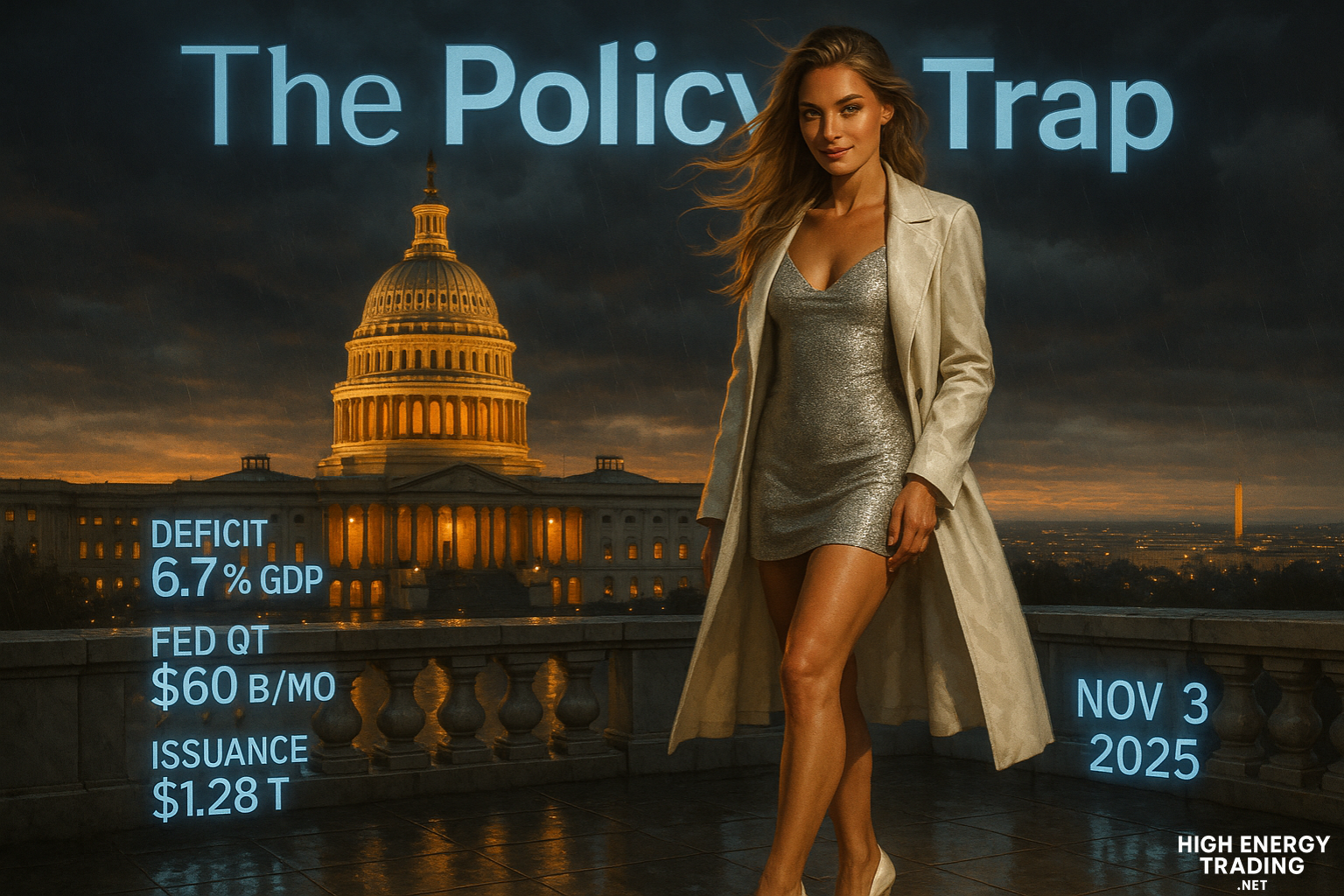A Fragile Turn in Global Risk — Why the Rally May Be Masking Deeper Strains
Global markets are popping higher on the surface. Asia equities rallied sharply after news that Japan may lead a pro-stimulus coalition and China’s GDP beat expectations for Q3. :contentReference[oaicite:0]{index=0} The momentum chase feels real. But beneath this lift lies an important question: are investors celebrating actual fundamentals, or simply relief from worst fears?
The trigger was obvious: Japan’s Nikkei jumped nearly 3 percent on the news of a potential new prime minister with a growth agenda. :contentReference[oaicite:1]{index=1} Combined with signs of easing trade tension and stronger Chinese industrial output, risk-assets found justification to rally. :contentReference[oaicite:2]{index=2} That’s the “what.” The risk is the “why” — and the “what if.”
Why this rally feels suspect
Firstly, growth beats are modest and skewed. China’s 4.8 percent annual GDP growth still points to weakness, especially given the property-sector drag. :contentReference[oaicite:3]{index=3} Industrial output rose, yes, but retail sales growth was weak. What markets are celebrating may be the less-bad scenario, not positive momentum.
Secondly, liquidity and policy narratives remain thinly supported. With the International Monetary Fund projecting global growth to slip further, from 3.3 percent in 2024 to 3.1 percent in 2026, the backdrop for this risk rally is aging. :contentReference[oaicite:5]{index=5} In simpler terms, the world is rallying on hopes of “less worst” — not “better.” That’s a shaky foundation.
Thirdly, systemic cracks that previously warned of turmoil are still present. Volatility measures are climbing, regional banking stress lingers, and credit-market complacency is high. :contentReference[oaicite:6]{index=6} When the low-volatility trade rallies without visible firepower behind it, the reversal risk is amplified.
What to watch next
Monitor capital flows into emerging markets and high-yield risk. If money floods in aggressively on this relief wave, it could reverse just as quickly.
Keep an eye on policy optics from Japan, China and the U.S. A stimulus shift in Japan fuels hope — but also raises risks of inflation and policy misstep.
Track credit indicators, especially in banks and nonbank finance. If spreads widen again despite the equity bounce, that disconnect matters.
Observe volatility surfaces and term structures. If implied volatility rises even as spot indices climb, the market is buying momentum not certainty.
In sum: This rally is real in terms of price action, but its underpinnings are slim. Markets might be mistaking relief for recovery, and optimism for conviction. In the next few weeks, the question will shift from “why did we rally” to “how high will the slip be when the next shoe drops.”
Markets are dancing on a relief rebound. The risk is they’ll sit down without checking if the music has changed.




